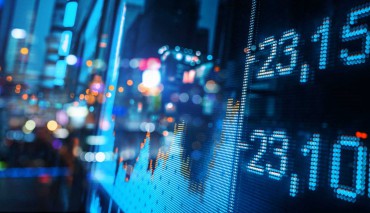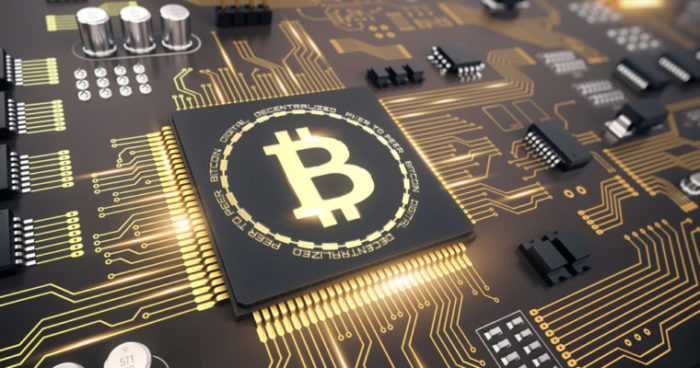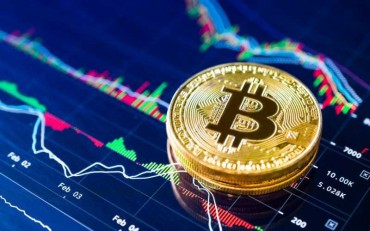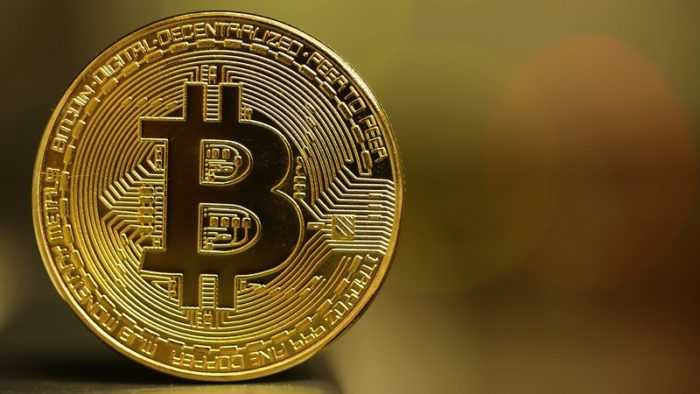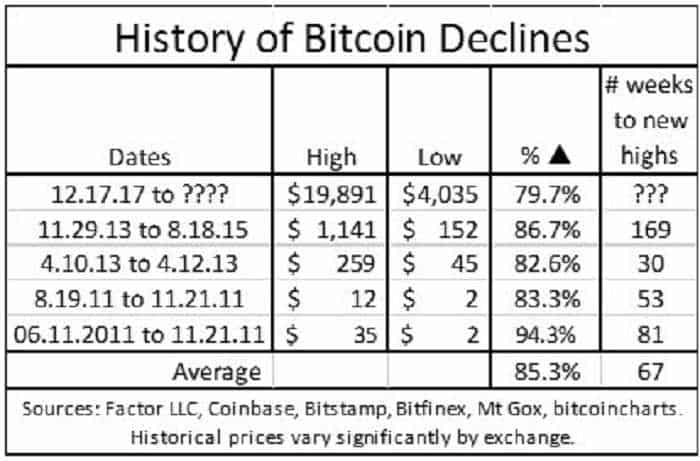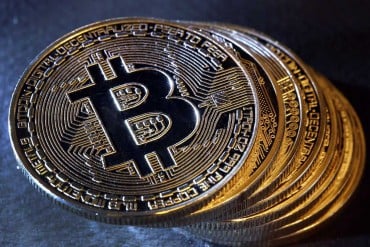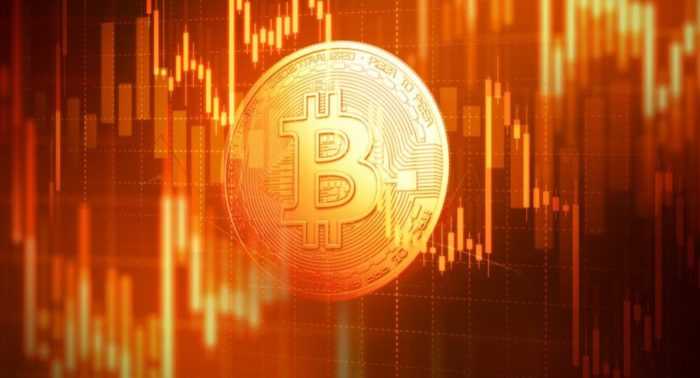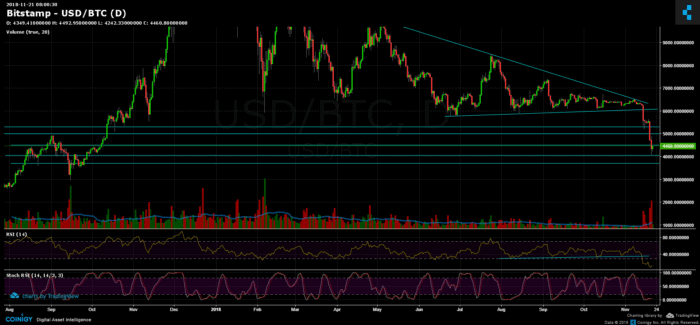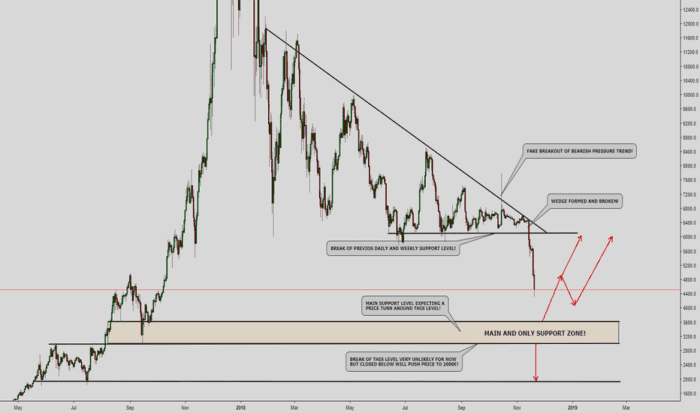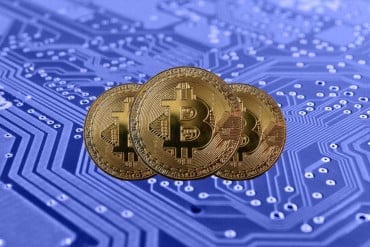3 min read

Automatic trading, also known as Algo/Algorithm trading is a somehow new field in the financial markets.
It’s there since the 90′, but it started to get much more popular in the past few years, for 2 main reasons:
- The technologies are way better to handle that kind of challenges – Dealing with a lot of data:
- Save it (it’s millions of giga-bytes so you need special server farms around the world, and that’s something that only available in the past few years)
- Analyze it – Create an algorithm to go over that amount of data and also issue insights out of the data. This can take millions of years.
- Find a way to keep adjusting the algorithm. In the financial markets – what happened yesterday IS NOT a guarantee that it will act the same today. So, we need to know what happened yesterday, but also find a way to give it the appropriate weight in our calculations
- Many non-legit bodies got into the industry to try and take money from innocent customers, claiming they succeeded to figure it out.
Our aim, here in Traders Paradise, is to help you, our visitor, in understanding the risks in automatic trading.
Important to know (and I’m full of hope you’ve learned it by far in life): There’s no profit without the risk.
We will talk about how automatic trading systems work, under what circumstances you change / diverse strategies, what’s available in the market and why you probably won’t have access to the automatic trading platforms that truly works.
Let’s start from the beginning – Why is it so difficult to create an automatic trading software.
The short version of the answer is – the financial markets keep changing on a minute basis.
What I mean-
1 In an asset (like stocks) level:
Say we’re talking on Apple, and they issued an announcement that iPhone sales are going higher than predictions – The price will rise. Now, studies show that in a matter of a few seconds the price will already include the latest news.
From this point there are 2 options – Either the price keeps going up or it will drop lower. If it’s rising anymore – we definitely know that some people will sell their holdings, as it reached their strategy profit point of exit. So if they’re more than the ones who want to but – price will drop. So it’s kind of a gamble.
Ways to avoid this – invest in two companies that are competitors, so that when one is dropping the other is rising. This called hedging the investment.
2 In an industry (such as technology) level:
In this level, it’s more tricky, because if an entire industry is dropping (regardless of a specific company) then it can affect our whole portfolio. Several things can trigger it, such as a big player comes with an announcement that affects the whole industry. Like, if IBM (that creates chips for most of the big companies in the world) will announce that we reached a “no way to overcome” scenario. Then all the industry can lose some points. Until someone else will come with some better news.
Ways to avoid – Diverse your portfolio with serval industries like motor, pharma, and technology.
3 In a market level:
This can happen when an announcement or new policy comes out of the main bank or the government, or when a global incident is occurring – The whole financial markets can drop, and then ALL portfolios will lose (except the ones who bought ‘short’ position).
Ways to avoid – VERY DIFFICULT. It happens in surprise and there’s no way to predict it. But you can still avoid some if you add short positions to your portfolio.
So, those are, in general, the major points we need to look on when creating a portfolio.
This created an environment that is impossible for short-term predictions.
Next question is – How do we choose our assets? Or how we create a good portfolio?
Let’s think about it for a second:
If I read on the finance news about an asset that is going high. I must think – yes, this is the asset I was waiting to buy. Right?
Wrong.
Because there are many other people who read the same news like me.

And if we all buy now, at the top, we’ll all be the “stupid top”, just like the people who bought bitcoin at a price of $15,000 and saw it drops to $5,000. Someone made money in these actions, but some lost a lot! (Never forget the simple rule of – when someone is buying it means there’s someone who’s selling)
So,
Do we need to go short on that asset?
Nope. Short is a VERY dangerous position. Why? Because only in short you can lose MORE than you initially invested
How’s that possible: When going long – it means you believe that price will rise,
For the easy example, we say there’s an asset cost $1 per share, and we decide to buy only 1, so it costs us $1.
Now, this company had been acquired by another company and overnight the asset is now worth $20. Pretty nice huh?
And if overnight the company bankrupted – then we’d lose that $1.
Now let’s say we went short on that asset –
If it bankrupted we doubled our money, but in case the price jumped to $20 – we, then, lost $19 on a $1 investment.
That’s brutal!
So, shorts are something we try as hard as we can to avoid, but sometimes it’s the best strategy. We’ll talk about it later in another article.
Back to the asset we just read is exploding and rising up. What are we doing?
NOTHING!
If it’s already on the news – we missed the train.
So what’s the asset we should buy? It doesn’t matter. Why you probably wondering… And that brings me to the next question:
So what is automatic trading software trying to do?
Most people think the purpose is to find either an asset is before or during an explosion and recommend that asset to the user, right?
But wait…
I got into a position. When do I get out?!?
That is the real question.
See, a good asset position is built on 3 things:
- When to get in
- When to get out
- Which direction we choose (long/short)
That’s it.
But, when we start to break it, we see that there’s one of them that is the most important.
Yes, I know you already know which one it is!
It’s “When to get out”.
This is the most important thing in every single trade you will ever do, and what sucks about it is that you’d know if you got it right only on in retrospective look. Never at the same time of action.
THIS is what good automatic trading algorithm supposed to do, and this is what our algo trade software does. It doesn’t matter which asset you choose nor when you get into a position or which direction you go – It’s ALL a question of when you got out!
If you were wrong about the direction – you need to get out ASAP, but with a minor loss as you can.
If you got the direction right – you want to optimize the profit you can, before price bounces back.
That’s the whole idea, and that’s what we created.
How is Automatic trading even work?
Well, it’s kind of a secret… But we’ll tell you what we can and we’ll let you use it to see for yourself (for free of course).
But basically how it works is we have many supercomputers that work together on sets of data, to create the most optimized exit strategies for every asset we choose.
It’s working according to historical data, but it gives the right weight to every piece of data.
In other words, we, as people, could never understand why the software does what it does.
We know how the math was created, but this algorithm is an unsupervised algorithm (read more in the previous article)
It had only one rule to follow: “The more profit you gain, the better this strategy”.
That’s it. Like when you plant seeds in your backyard, water it, and then you wait for the fruits? Same thing, but way better fruits…
Want to get access to our software once it’s ready for outside users? Subscribe to our newsletter and we’ll let you know when it’s ready. Also, you’ll get more interesting articles on how we solved this almost-impossible technology and math problem. You can ALWAYS unsubscribe.





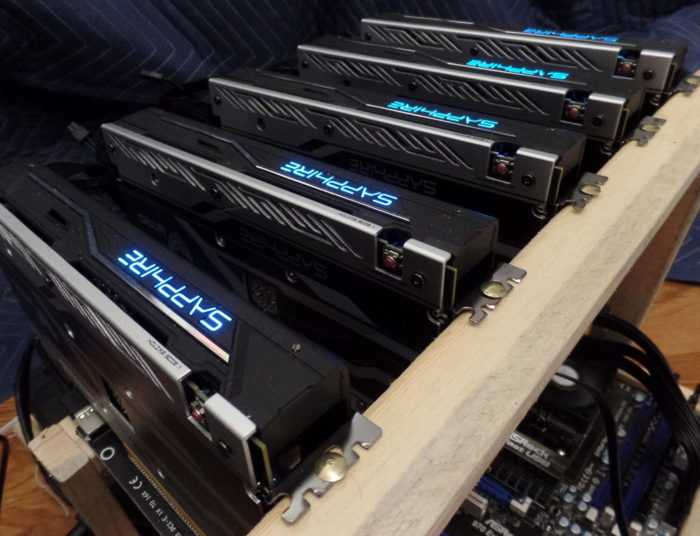
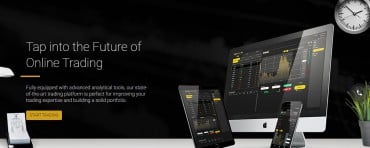



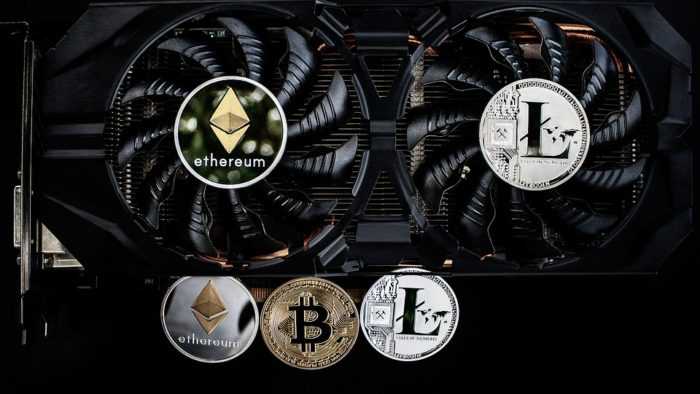 Both CPUs and GPUs are inventions made from billions of microscopic transistors packed on a small piece of silicon. But they have some differences.
Both CPUs and GPUs are inventions made from billions of microscopic transistors packed on a small piece of silicon. But they have some differences.

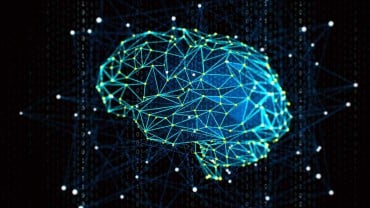
 How can we apply artificial intelligence to the financial markets
How can we apply artificial intelligence to the financial markets